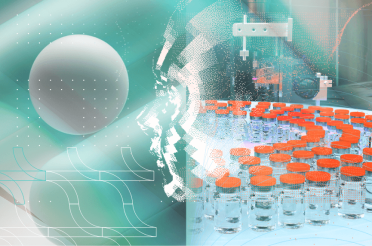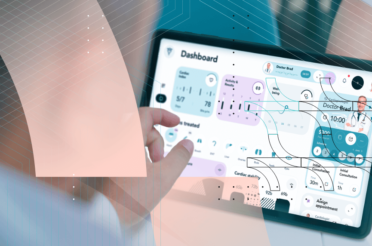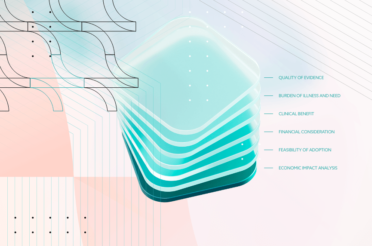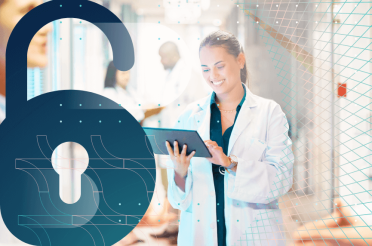Technological advancements and world-changing phenomena and events like the COVID-19 epidemic have changed the needs of the healthcare system. Patients have started looking for faster, safer, and more comfortable access to healthcare services.
One of the best answers to their calls has been the introduction of telehealth solutions in medical centers. This is made apparent by a study that showed that telemedicine encounters increased by 766% in the first 3 months of the pandemic.
What is telehealth?
The World Health Organization explains telehealth as “the delivery of healthcare services, where patients and providers are separated by distance, using information and communication technologies (ICT)”.
Telehealth is not one of the many different and diverse branches of the medical field; rather, it is a collection of tools and systems that can improve the efficiency, reach, and effect of the activities in the healthcare industry.
To achieve a clear understanding of telehealth, an overview of other uses of digital technology in the healthcare system is required.
Terms such as telemedicine, eHealth, and teleconsultations have a similar meaning to telehealth, as all of these can encompass activities that allow for the transmission of information to access medical care.
The distinction comes in the number of technologies and solutions these terms include because telehealth is broader. It includes the services delivered by others as well as different ones, such as health education and administrative tasks.
What are the different kinds of telehealth?
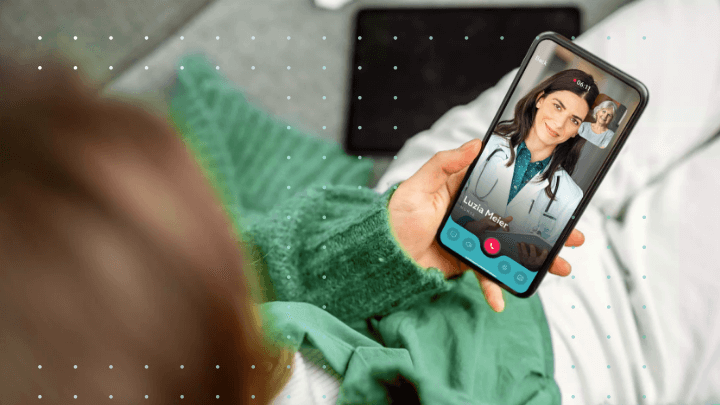
The tools and methods that define telehealth services can be separated into three distinct classifications or modalities. They encompass the differences in terms of different characteristics, such as who uses and shares the information and the chronology of communication and storage of the said information.

Transform the patient care you provide with telehealth technology
Enhance your healthcare delivery by understanding the diverse telehealth technologies to use them to fully use them

The three modalities are:
- Synchronous telehealth. This modality is defined by real-time connection and communication between patients and healthcare providers. Such technology organizations that offer medical services can address the questions and concerns of their clients the moment they come up. Virtual consultations, remote diagnosis, treatment suggestions, and follow-up sessions all make use of it.
- Asynchronous telehealth: This modality (also called store-and-forward) is defined by the transmission of medical data and health resources between healthcare providers or other specialists. Such connections allow practitioners to have time to thoroughly analyze and inspect the data, which improves patient outcomes and organizational efficiency. Electronic health records that store medical records and other similar telehealth technologies can be defined as store-and-forward technologies.
- Remote patient monitoring (RPM): Remote patient monitoring is the process of gathering and sending patient data via wearable devices or other instruments to healthcare professionals. They can use this information for review and analysis. Most such devices measure vital signs, blood glucose levels, or heart rate. Real-time patient monitoring, post-operative care, and the management of chronic illnesses are all made possible by this modality.
Outside these modalities, telehealth can be classified based on characteristics such as the type of data that is shared. Different classifications can help show the nuance of telehealth solutions.
Based on the information category of the shared data, there are:
- Audio-based data. This includes all information in the medium of sound, such as phone calls and voice messages, which are used for remote patient monitoring and patient counseling. An audio connection can be assigned to both store-and-forward and real-time modalities.
- Text-based data. All communication through secure messaging platforms, emails, or chat rooms is defined as text-based data. Such digital communication technologies are useful for e-consultations, virtual access to educational materials, and others. A text-based connection can be assigned to both store-and-forward and real-time modalities.
- Video-based data. Information shared through recorded or real-time video communication is video-based data. Consultations over video are useful for the contact between a primary care provider and their patient, as well as in cases of mental health services. The video-based connection can be assigned to all three modality types.
- Imaging data. X-rays, magnetic resonance imaging (MRIs), or computerized tomography (CT) scans and other telemedicine services connected with the sharing of medical images fall into the term imaging data. These services use picture archiving and communication systems (PACS) to share diagnostic images between remote specialists for evaluation. Imaging data is usually assigned to the asynchronous telehealth modality.
- Biometric data. Information such as vital signs, blood glucose levels, and others that are usually transmitted through wearable mobile health devices. These are useful in the treatment of chronic illnesses and are assigned to the remote monitoring modality.
Telehealth technologies
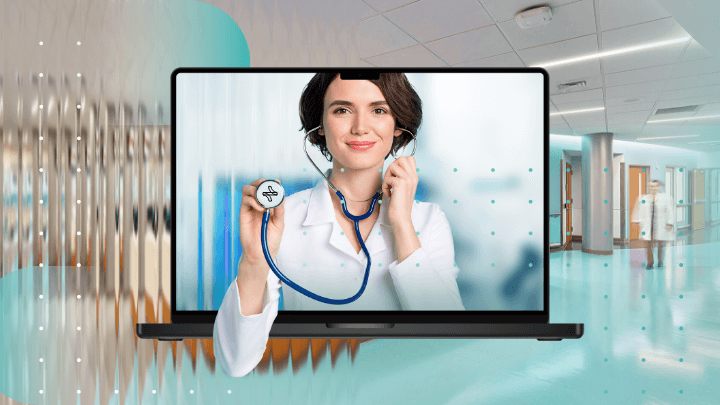
With the advancement of technologies in our times, the different ways we can help patients also increase. There is a wide variety of steps we can decide to take to better communicate with patients and provide medical consultation.
Virtual visits
Some healthcare providers offer clinical services remotely through virtual visits. They provide telehealth services with the help of many different software applications like Zoom, Skype, or even Google Meets. This way, patients can get in touch with their medical practitioners, mental health counselors, and nurse practitioners via video or phone calls.
Such virtual visits provide patients with the option to consult a professional on matters concerning skin conditions, migraines, diabetes, anxiety, colds, and even COVID-19. By following the telemedicine guidelines, your medical team can offer assistance before the call is started to ensure that a microphone and camera are set up.
The team could also share forms and other documents that are helpful for further consultations and a more streamlined workflow.
Telehealth software platforms
Software platforms are usually web-based or mobile applications that provide patients with an easier way to manage their interactions with their healthcare providers. Digital platforms offer different options that make the entire process a lot easier.
For example, through a patient portal, a person can schedule appointments they have, manage their health records, take care of their billing, and even have private, secured consultations with their medical practitioner.
With mobile apps, patients are more focused on their approach toward the idea of managing their own health remotely. Without having to visit their healthcare facility, it is possible for patients to not be so engaged with their medication schedules. Applications such as these are there to help with that.
The prevalence of mobile phones in everyday life means that reminder applications can be helpful for taking medication or checking test results.
Remote care delivery
Remote monitoring devices are technologies that allow for the collection and transmission of health data from a remote distance to healthcare providers.
Such devices usually consist of wearable devices that patients can set up in their homes and can capture different body parameters like blood pressure, blood glucose levels, and heart rate. Devices collect the data and transmit it to a patient’s healthcare provider.
Doctors use it sometimes to safely monitor post-surgical recovery, or the condition of chronic patients like diabetics.
Electronic health records (EHRs)
EHRs are computerized platforms that securely and electronically handle and preserve patient medical information. Comprehensive and current patient health information is available in EHRs, including medical history, diagnosis, prescriptions, allergies, test findings, and treatment plans.
Such systems are separate from telehealth solutions but they play an integral part in their operations. EHR systems ensure the safety of the collected data and communications, due to their stringent compliance with laws like the Health Insurance Portability and Accountability Act (HIPAA) in the United States.
These systems also allow for a smooth workflow by having one place where all important patient information is collected, thus reducing time spent on looking for data.
How is telehealth used in healthcare?
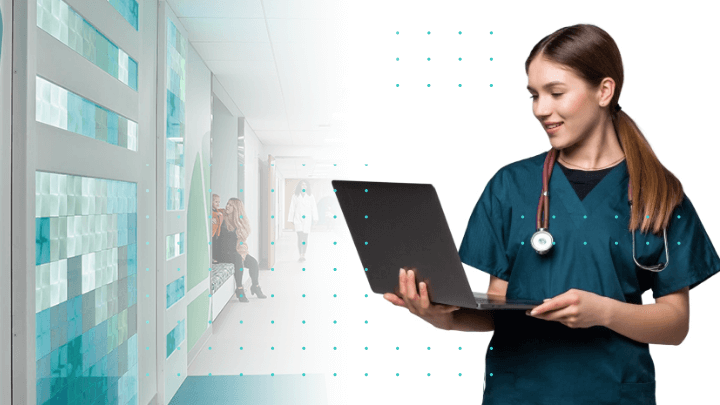
The healthcare system includes the participation of the federal government, every single healthcare provider, as well as other providers like those for insurance to treat patients. The system requires a high rate of quality to ensure the well-being of the public, and telehealth technologies can be very useful in improving the services offered.
Examples of situations where telehealth solutions are helpful include the following.
Healthcare access in rural areas
Access to healthcare is paramount for the quality of life. Outside of extraordinary circumstances such as the COVID-19 pandemic, a lot of people cannot visit their local medical center due to geographical obstacles such as distance or lack of infrastructure.
Such rural communities are often in higher danger of poverty, which in turn makes them even more vulnerable to worse personal health outcomes.

Take your healthcare services to the next level with advanced telemedicine
Revolutionize your healthcare delivery with cutting-edge telehealth insights from BGO Software's strategy experts.
For rural patients, access to the services of their healthcare provider can be improved through telehealth adoption. Any healthcare facility that offers both virtual visits and in-person visits will allow the rural health needs of their patients to be more easily met and, as such, increase patient satisfaction.
Communication with specialists
The doctors with the most visits are primary care physicians like general practitioners (GP). They can prescribe patients medication or allow for sick days, but their most important role is that of a link between a specialist and the patients.
Referring someone to another doctor based on the analysis of easily observable symptoms is difficult, and communicating with the specialists on the necessary tests or existing conditions of the patient is time-consuming. Such a situation is taxing on the patient as well because they have to find time to go and see this other doctor while managing everyday responsibilities.
Telehealth technologies offer many solutions to this problem. Access to specialized care is improved when doctors can communicate through the store-and-forward modality in the form of imaging-based information sources like X-rays or MRI scans, electronic medical records, or audio and video conferences.
Telehealth solutions, for example, a virtual visit, are also helpful for patients who otherwise may have little access to a specialist.
Patient engagement
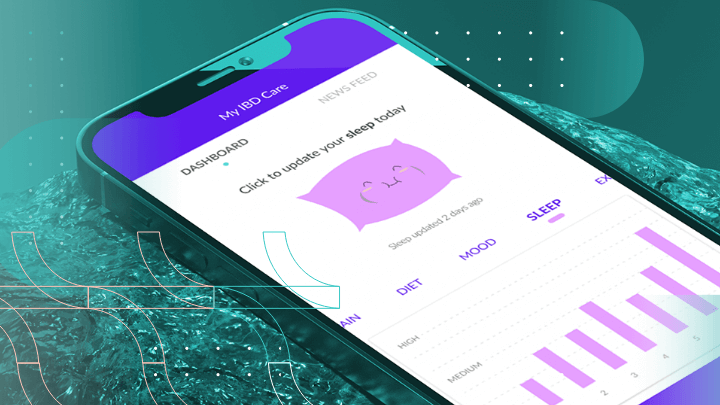
People have many responsibilities in their everyday life and frequently don’t have time to learn about complex medical ideas or even make sure they are following instructions from a healthcare practitioner.
The literature concerning adherence reports that in elderly patients, compliance rates range roughly from 38%-57%, with an average rate of less than 45% . Furthermore, according to the same study, around 60% of patients could not give a good explanation of the instructions they were given from their doctor only an hour after they got a prescription.
Health information technology can improve levels of public health knowledge through digital portals that give extensive instructions about the medication and when or how it should be taken. Telehealth solutions such as apps or patient portals also have helpful functions such as reminders for medication intake or easy access to follow-up online or real-life appointments.
Transmission of infectious diseases
In urban environments, viruses and infections can spread incredibly fast because of the density of people and close contact in public spaces. The high infection rate is especially prevalent in hospitals where long waiting times and proximity to other vulnerable and sick individuals can lead to further infections as well as increase the chances of an outbreak.
Such risks are nonexistent in cases where a sick person has the choice to do telemedicine visits instead of in-person ones. The COVID-19 pandemic proved how vulnerable we are to such outbreaks but also showed how effective telehealth measures are in combating such public health emergencies by reducing in-person interaction to only those in emergencies.
Patient convenience and comfort
Doctor visits are associated with sickness, health problems, uncomfortable procedures, and hospital experiences. Such fears are so common that there is a term coined for it, namely medical anxiety or white coat syndrome.
According to a study on the topic, over one-third of participants (33.3% of 1,369) reported unfavorable evaluations of seeking medical care, such as factors related to physicians, healthcare organizations, and affective concerns as reasons to postpone or avoid seeking medical help.
Telehealth allows people to have a more comfortable and less stressful experience by allowing them to do virtual visits and communicate with their doctors remotely and on the go through secure messaging apps. People are then less likely to ignore concerns and symptoms, which increases patient satisfaction and trust in the medical systems and organizations.
Continuity of care
When accessing specialized care for more complex conditions, both patient and doctor need to be in contact and keep up with the treatment. Miscommunication can lessen or negate the effectiveness of the medication, and changes in the state of the patient can mean the further involvement of other specialists or a change in approach.
Such a high level of communication and consistency is difficult to achieve for a person with a full schedule or people in rural healthcare systems.
Telehealth solutions are especially helpful in such cases. Electronic health records and remote monitoring devices are especially useful for specialists who need to keep track of the conditions of their patients, especially in cases of diabetes, hypertension, and heart failure. On the other hand, virtual portals make it easier for people to attend follow-up appointments at convenient times.
Mental health services
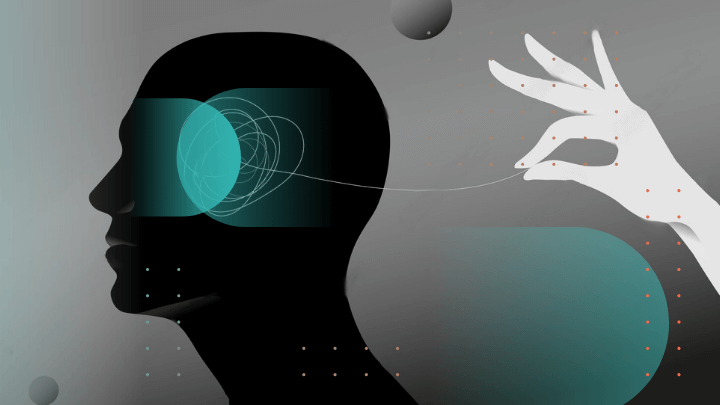
Outside of the usual health services offered by hospitals and medical organizations, the healthcare system includes mental health services. Those services may be often overlooked due to social stigma and geographical or financial barriers to entry. Such difficulty in access to care is a significant challenge to people taking care of their mental states.
Telehealth lowers the barriers to entry like geographical and financial ones by allowing for virtual visits to the psychiatrist’s office. The easier access benefits both rural areas and urban patients. Telehealth solutions also allow for a more private and confidential way to access the service through the same modality.
Keeping up with regulations
Public funding like Medicare reimbursement or funding from the Department of Veterans Affairs can be redistributed to hospitals and Federally Qualified Health Centers (FQHC) in regions where there are not enough private payers to keep the hospital functional.
Such institutions have to keep up with regulations like serving underserved groups, adjusting fees based on ability to pay, and being open to all individuals in an area.
Telehealth can improve the conditions for such institutions and their employees and patients by increasing the reach of care through online consultations, as well as by increasing quality through better communication flow. Supplementary systems to telehealth like EHRs can also help keep the data and comply with HIPAA through the implemented security measures.
Decision-making
Many hospitals are private entities and operate only thanks to the services they offer their patients. Management of these businesses needs to carefully collect and analyze data to ensure the further growth and stability of the institution. Oftentimes the managers are also workers in the organization or require the input of other employees.
Telehealth can improve the data-collecting process through better information flow between members of staff and clients, thus freeing up more time for analysis and other work. Supplementary solutions like EHRs can also improve the decision-making process by giving a manager access to all necessary data in one place.
Telehealth is a powerful and diverse set of tools for medical institutions to improve the service they offer, as well as to increase the overall quality of the healthcare system. It is overall helpful to the clients, as it gives them greater and more comfortable access to healthcare services while decreasing overall public health risks.

Whether you’re a startup, a Fortune 100 company or a government organisation, our team can deliver a solution that works for you.
BGO Software
Medical organizations should invest in acquiring such technology through trusted companies like BGO software in order to ensure the highest quality care.










